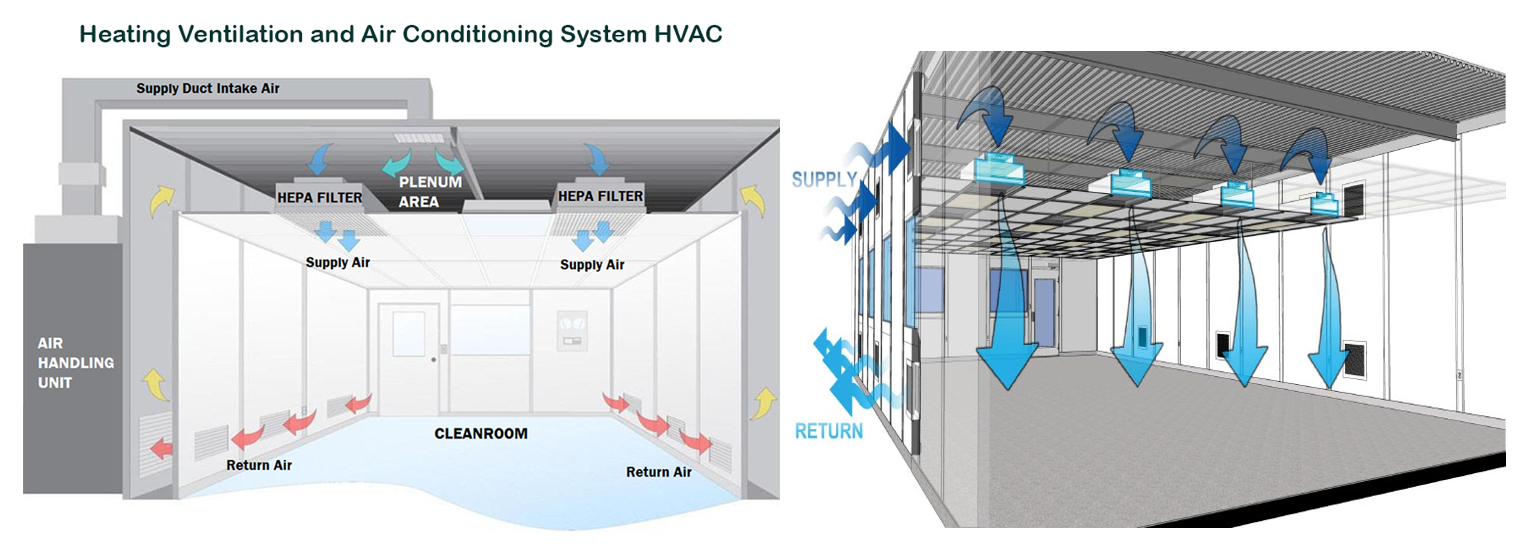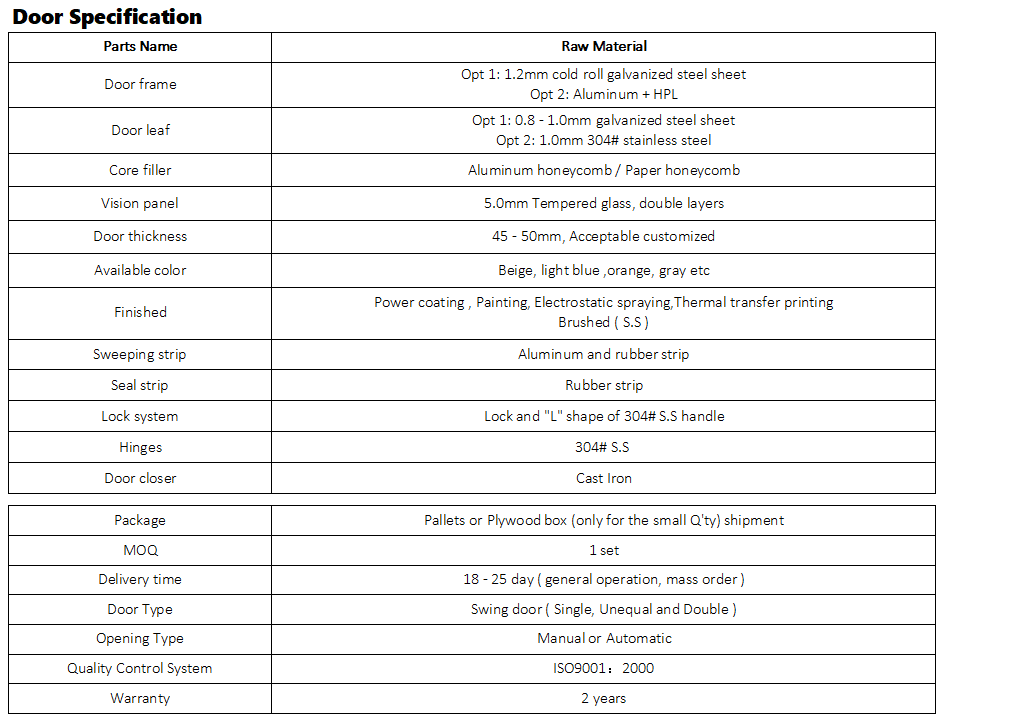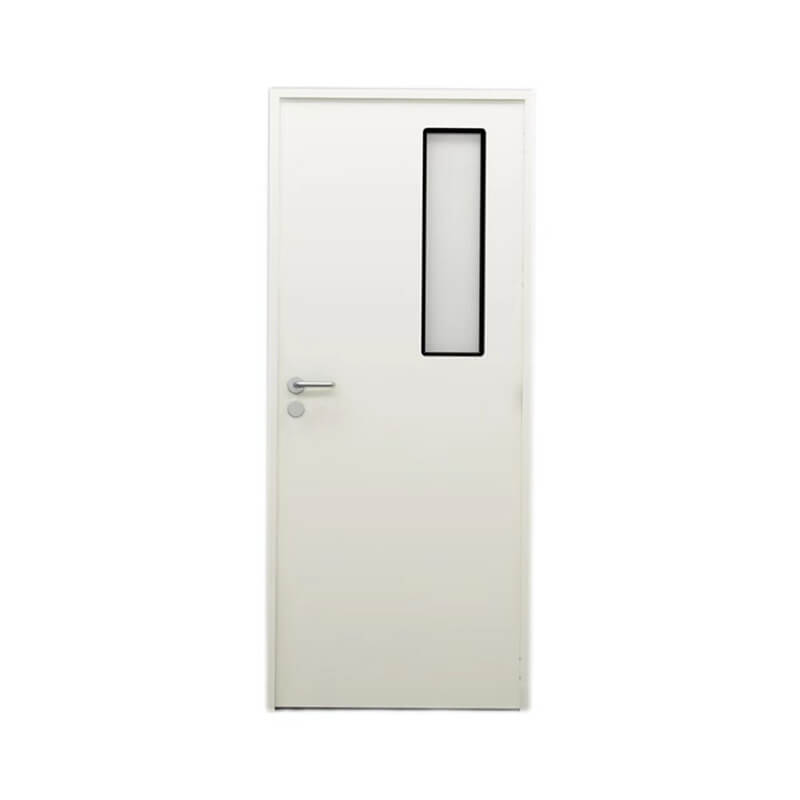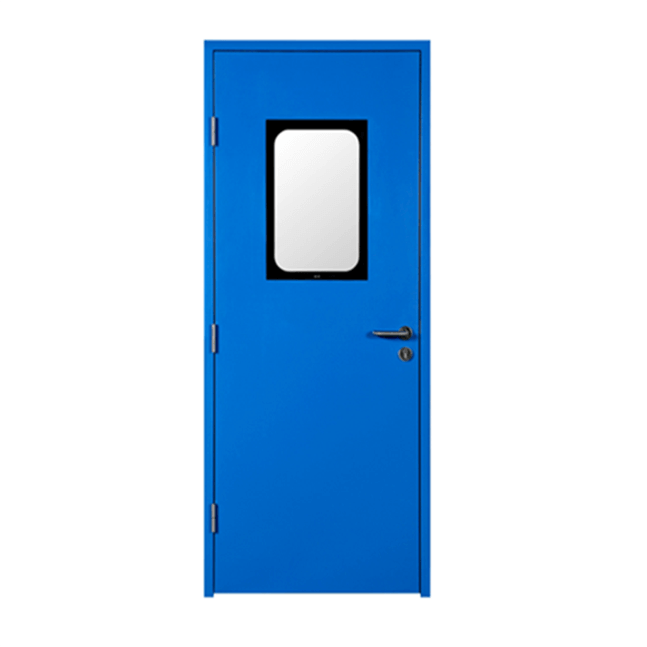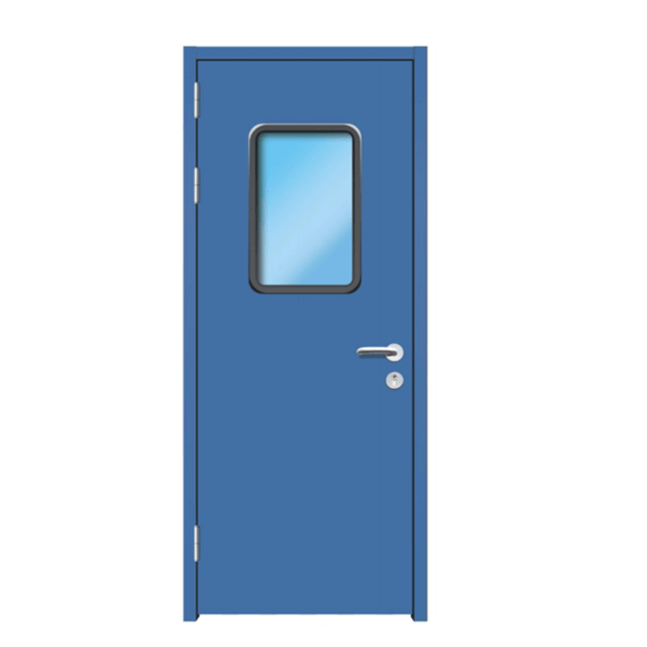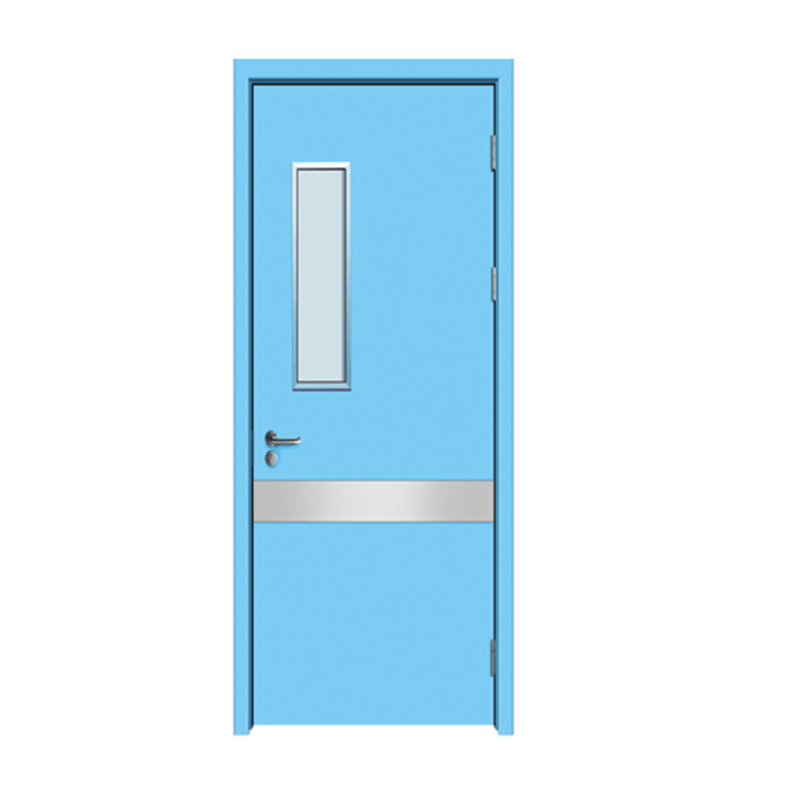All the clean room door need to be complied with GMP requirements. It means that the clean room door have big different with commercial or industrial door in processing and structure required. Clean rooms are designed and engineered to precisely control, monitor, and maintain the environment of the room. The primary use for clean rooms is to limit contamination from dust, vapor, microbes, fibers, or other biological hazards. They can also be used to regulate temperature, humidity, airflow, filtration, and pressure.
What is the key application market of the clean room door?
The biggest challenges in designing clean room doors for pharmaceutical, medical, microelectronics, food industry, mechanical engineering, biotechnology and lab clean rooms is creating high-performance doors that are smooth, robust, lightweight, and easy to clean. Clean room doors that are not warped, rusted or rotten when exposed to prolonged disinfectants, chlorine release agents and VHP. These factors must be considered when designing clean room doors for all areas, but in clean rooms, one of the most important considerations is the weight of the door. The core material is the most important factor in determining the overall performance of the clean door. Paper honeycomb and aluminum honeycomb are the key core material to clean room door.
Also, It has the advantages of lightweight and large bending capacity. Common specifications of aluminum honeycomb is 0.045mm aluminum foil, aperture 20mm, side length 12mm.
